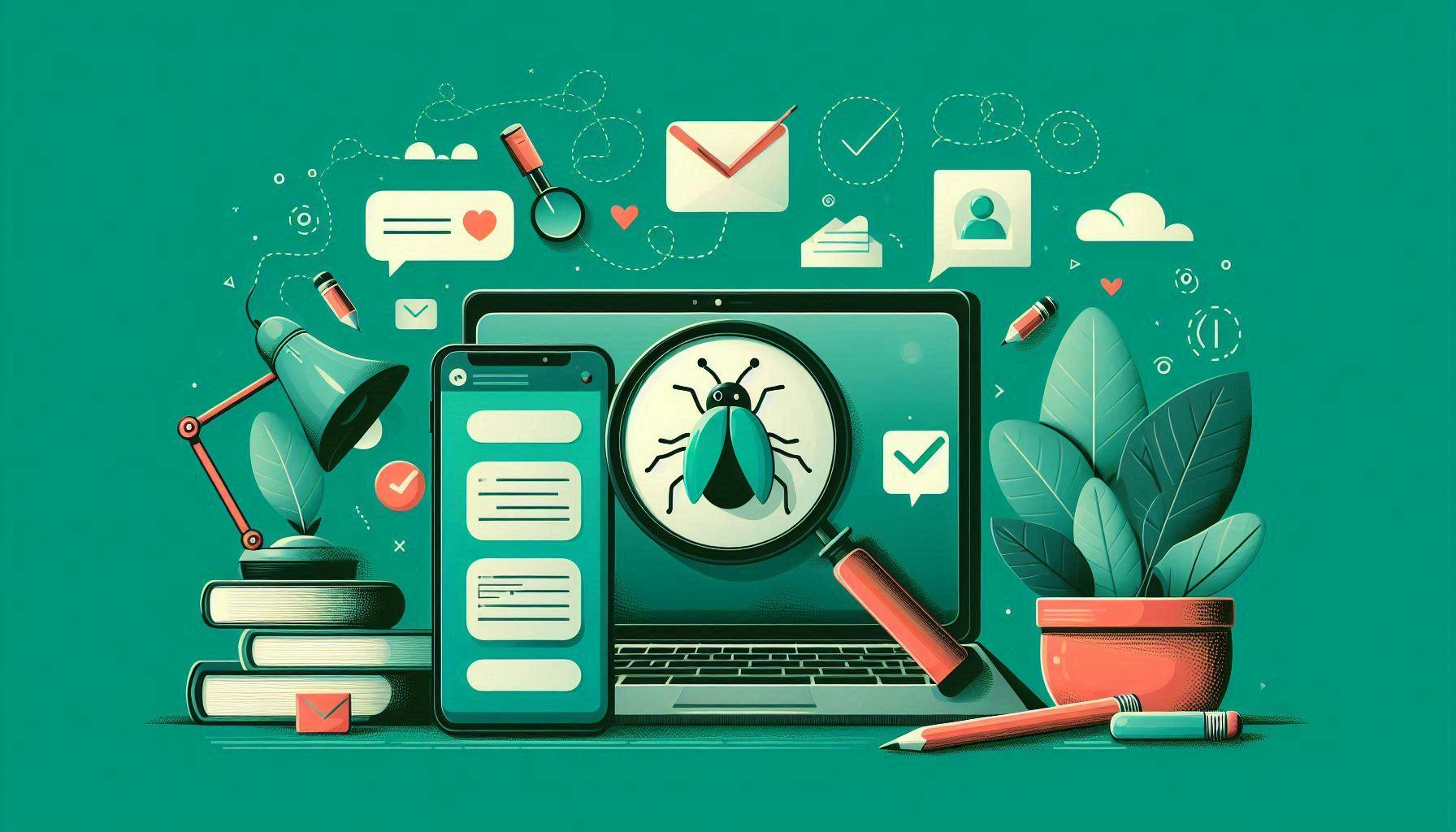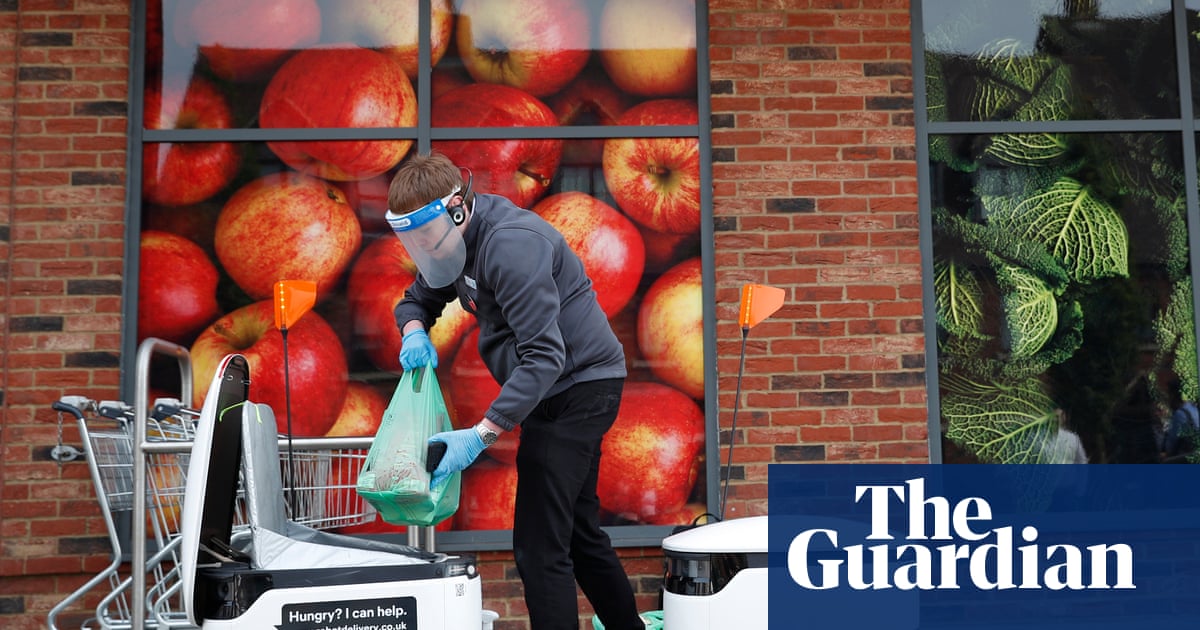According to Ramya Sriram, individuals and teams must embrace a continuous improvement and continuous learning mindset to stay competitive and relevant. At Agile Tampere she gave a talk about continuous improvement and learning, where she explored how her company fosters a culture of innovation through programs that support experimentation, providing employees with the time and space to explore new approaches and adapt.
Sriram mentioned that they foster continuous improvement through various initiatives, such as innovation planning weeks, retrospectives, and bootcamps that promote cross-team and stakeholder collaboration. They apply lean methodologies like fishbone analysis, the 5 Whys, and focus on identifying and addressing muda (waste), mura (inconsistency), and muri (overburden):
With these techniques, we analyze root causes for major incidents or defects as an example. By eliminating inefficiencies, we take concrete steps toward achieving meaningful, continuous improvement. We are able to identify the gaps and also improve the problem statement.
Sriram mentioned that a focus on continuous improvement starts with a clear understanding of the current state and identifying what needs to be improved. It is important for you to know what you’re trying to achieve, and have a clear sense of progress, maybe a clear roadmap, she said.
It is key that the activity itself becomes rewarding, not just the outcome, Sriram said. You must always be willing to revisit the current state or plan and be adaptable to changes, she added.
Retrospectives are crucial for continuous improvement, as they drive progress. The insights gathered should not only be valued but also addressed in the following iteration to ensure ongoing development and tangible outcomes, Sriram said.
If retrospectives become monotonous, lack action plans, or don’t lead to clear decisions, team motivation suffers, Sriram said. There should be no need for anonymous retrospectives — psychological safety must be prioritized, ensuring that everyone feels comfortable sharing their honest feedback, she mentioned.
Learning never truly ends, staying curious and open to new ideas is essential, as is keeping up with evolving methodologies to understand what works and what doesn’t, as Sriram explained:
I’ve come to realize that you don’t have to be an expert in everything — what matters is having an open mindset and a willingness to grow. During our Scrum master bootcamp, we embraced this philosophy by using workshop materials on impediments and agile cards. It underscored the importance of valuing learning, research, and the deep interconnectedness of the world.
We are constantly exploring creative thinking and discovering new ways of working, staying committed to growth and innovation, Sriram stated.
It is important to believe in yourself. Failure isn’t the end — it’s part of the journey, Sriram said. As long as you keep trying, success will come:
There’s no finish line when it comes to learning, and I strongly believe that teams should deliberately carve out time for it.
Continuous learning is the foundation of continuous improvement. Sriram concluded.
InfoQ interviewed Ramya Sriram about continuous improvement.
InfoQ: What do you mean by “finding your flow”? How does this concept look?
Ramya Sriram: I strongly connect and resonate with the topic of “Finding Your Flow,” whether it’s in my personal or professional life. It’s important to ask yourself: where am I now, and where do I want to be? How will I get there? Plan it! Question it!
Like running a race, the goal is to continuously improve, making each finish line quicker than the last. You can also think of it in terms of other sports, like football or cricket — no matter where you are on the field, you need to aim for where you want to hit the ball.
InfoQ: How do you foster a culture of ongoing growth and adaptation?
Sriram: I’ve been with Konecranes for two years now, and I can proudly say it’s a place where employee engagement, feedback, and strong core values truly shine, making it an exceptional workplace.
Our approach includes implementing shift left and shift right methodologies, and prioritizing feedback loops that drive continuous improvement, learning, and meaningful insights.
What truly sets us apart is our leadership team, who lead by example, championing continuous learning and personal growth. This commitment not only fuels our success, but also empowers employees with opportunities for competence development and provides a platform in which to thrive.









